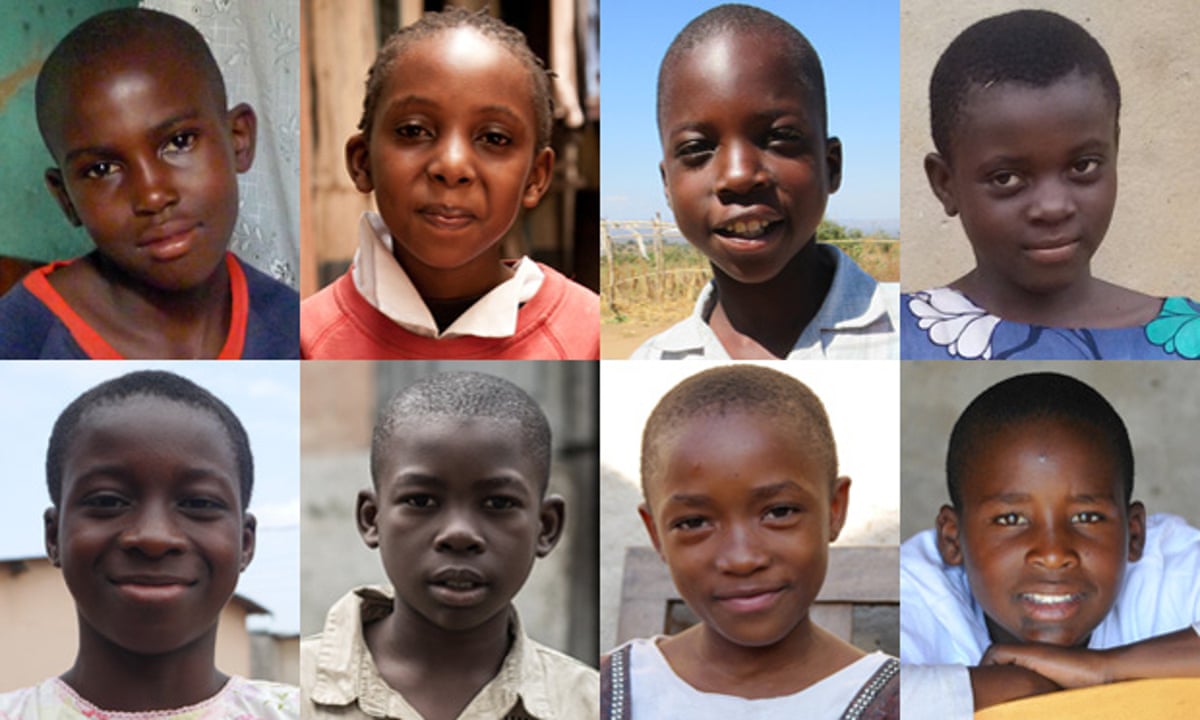Starting
from birth, a baby is considered a newborn. According to most medical
professionals, this refers to a baby from the first to the 28th
day of life. However it can be noted, that ‘infant’ does apply to
a child from birth until the first year, so it can be used
synonymously with ‘baby’, the word ‘infant’ is derived from a
Latin term ‘infans’, which means unable to speak. At this stage
of a baby’s development they are completely dependent on adults for
all needs and care. After the baby reaches a year of age, with normal
development, this changes.
The
word ‘toddler’ comes from the word ‘toddle’.’ Toddle’
means to walk with short uncertain steps. Anyone that has been around
a baby that’s learning to walk understands how this applies to the
tottering or wobbly first steps they take. Although each child
develops differently, a year is set as a guideline for when a
helpless infant transitions into a more independent toddler. The
toddler stage last for about two years until the child matures into
being able to walk, talk, feed and do simple tasks for themselves.


DEVELOPMENTAL
DOMAINS
There
are five developmental domains of children which all relate to each
other. They are easily referred to as the SPICE of life.
Social
–
Refers mostly to the ability to form attachments, play with others,
co-operation and sharing and being able to create lasting
relationships with others.
Physical-
Development of fine (small) and gross (large) motor skills.
Intellectual-
The process of making sense to the world around them.
Creative-
The development of special abilities creates noteworthy talents,
music, art, writing, reading and singing are some ways for creative
development to take place.
Emotional-
Development of self -awareness, self- confidence and coping with
feelings as well as understanding them.
PHYSICAL
DEVELOPMENT OF INFANTS AND TODDLERS
Physical
development involves the control of the physical aspects of the body:
gross motor skills such as crawling, walking, hopping, skipping and
fine motor skills, such as holding, writing, painting, cutting and so
on. In this way physical development involves a link between the
brain and the body and the problems in the communication between
brain and muscles affecting physical development.
During
infancy, muscle and bone tissue grow rapidly, explaining the
remarkable increase in strength, coordination and stamina that occur
during this period. A brain growth also takes place, causing babies
to gain physical competence by leaps and bounds.
The
rapid changes invariably cause unexpected mishaps. A six months old
may suddenly roll off a changing table or a 9 month old may stand for
the first time and without pulling a plate off the table.
Before
parent can adjust to one new stage of motor development babies may
have acquired even more sophisticated modes of locomotive that pose
additional challenges. Keeping up with infant motor development
requires vigilance and great energy.
Infancy
Motor Abilities
Motor
abilities emerge in a relatively predictable order in infancy. Babies
creep before they walk. When they begin to walk, they hold on to a
hand or a piece of furniture until they can manage alone. They swipe
at objects before they can accurately reach out and grab them. They
grasp objects by trapping them between their fingers and palm before
using the thumb and index finger in a more sophisticated pincer
grasp (
an advanced form of grasping, acquired at
around
age 1, in which the thumb and forefingers are used to hold small
objects).
Early
child development researchers have the emergence of those infant
motor behaviors and have created developmental profiles, sometimes
called normative charts (Graphic representations of the stages of
milestones children pass through as they develop). These charts are
still used by pediatricians and parents to judge developmental
advancement.
MOTOR
MILESTONE IN INFANCY
|
AVERAGE
AGE
|
Raises
head, can lift chin up from floor or bed
|
1
month
|
Raises
chest up off the floor or bed
|
2months
|
Sits
up with adult support
|
2.5
months
|
Bats
at objects, cannot accurately grasps objects
|
3
months
|
Reaches
for and grasps objects
|
6
months
|
Sits
alone steadily
|
6.5
months
|
Stands
with adult support
|
8
months
|
Stands
up holding onto furniture
|
9
months
|
Creeps
|
10
months
|
Walks
when led by an adult
|
11
months
|
Stands
alone
|
11.5
months
|
Walks
alone
|
12
months
|
Climbs
stairs
|
13
months
|
Walks
down with both feet on each step
|
26
months
|
CHILD DEVELOPMENT
![CHILD DEVELOPMENT]() Reviewed by Unknown
on
June 04, 2018
Rating:
Reviewed by Unknown
on
June 04, 2018
Rating:

Your post is providing some really good information. I liked its essence and enjoyed reading it. Keep sharing such important posts about this blog and its much more helpful for us .
ReplyDeleteพัฒนาการ เด็ก ปฐมวัย
I welcome all the suggestion mentioned in this blog related to new learning skills. It is definitely going to help me to adopt new exited way of learning. I think, others will also feel helpful this blog for their needs.
ReplyDeleteการ ประเมิน พัฒนาการ เด็ก